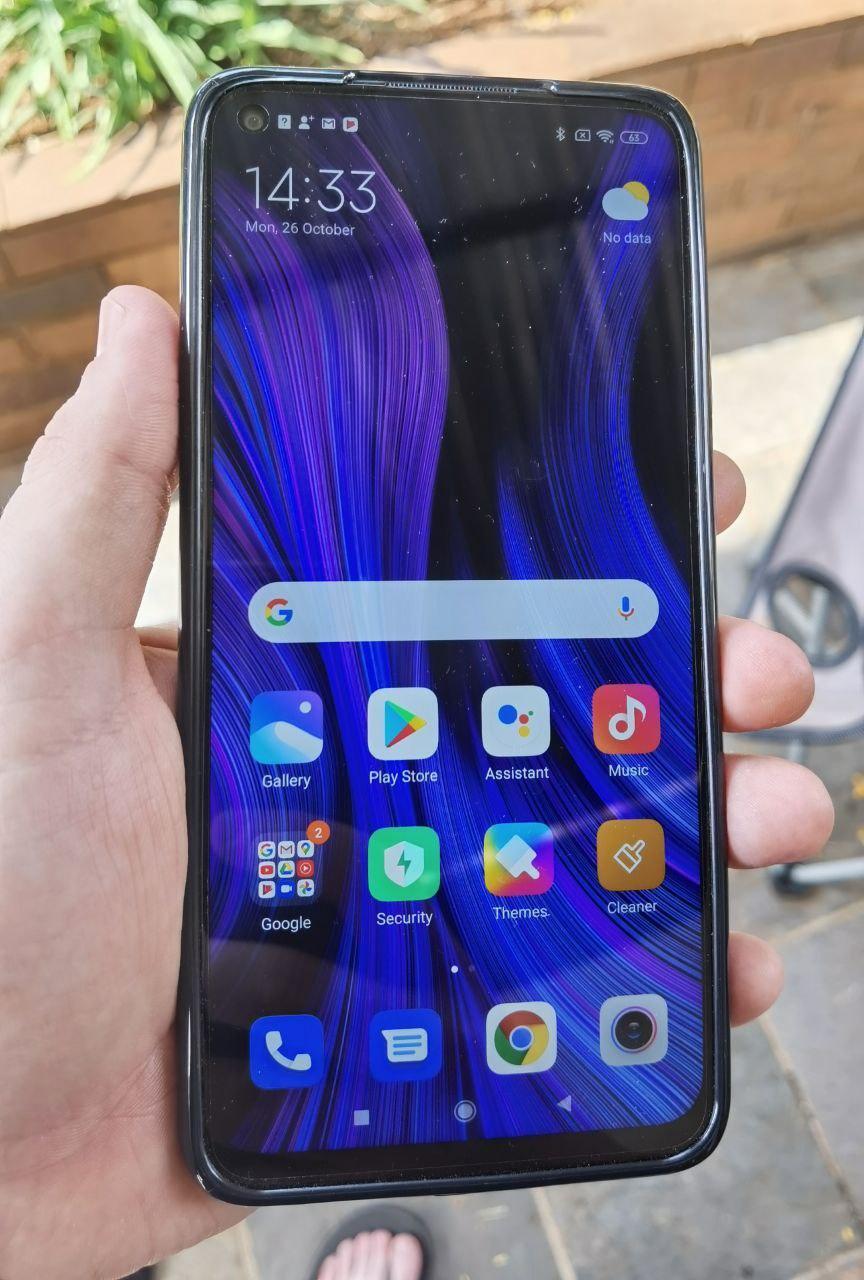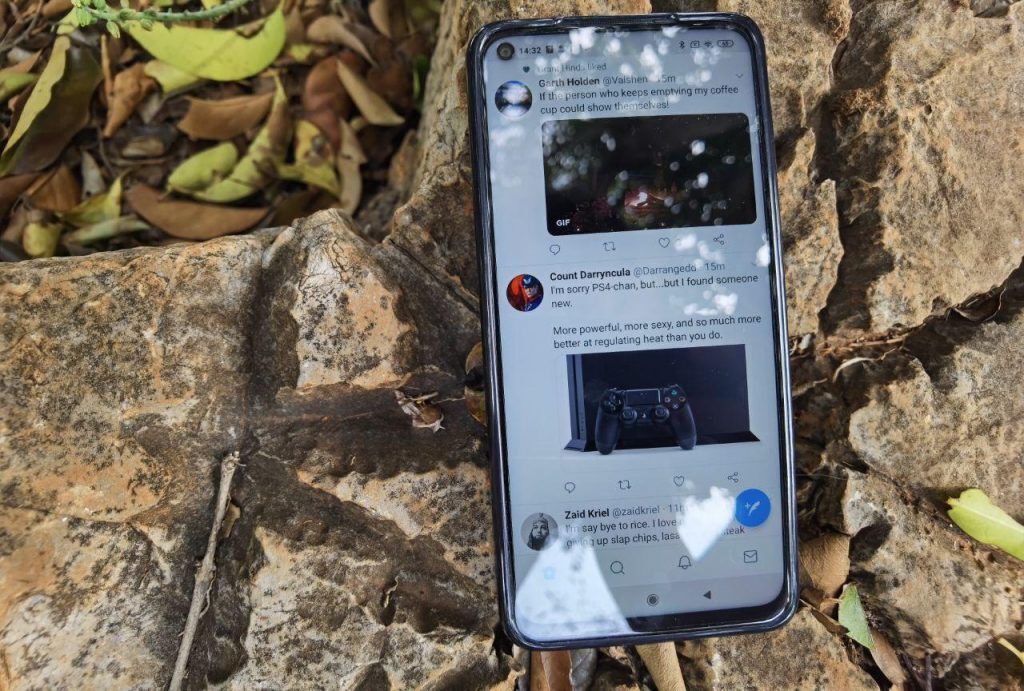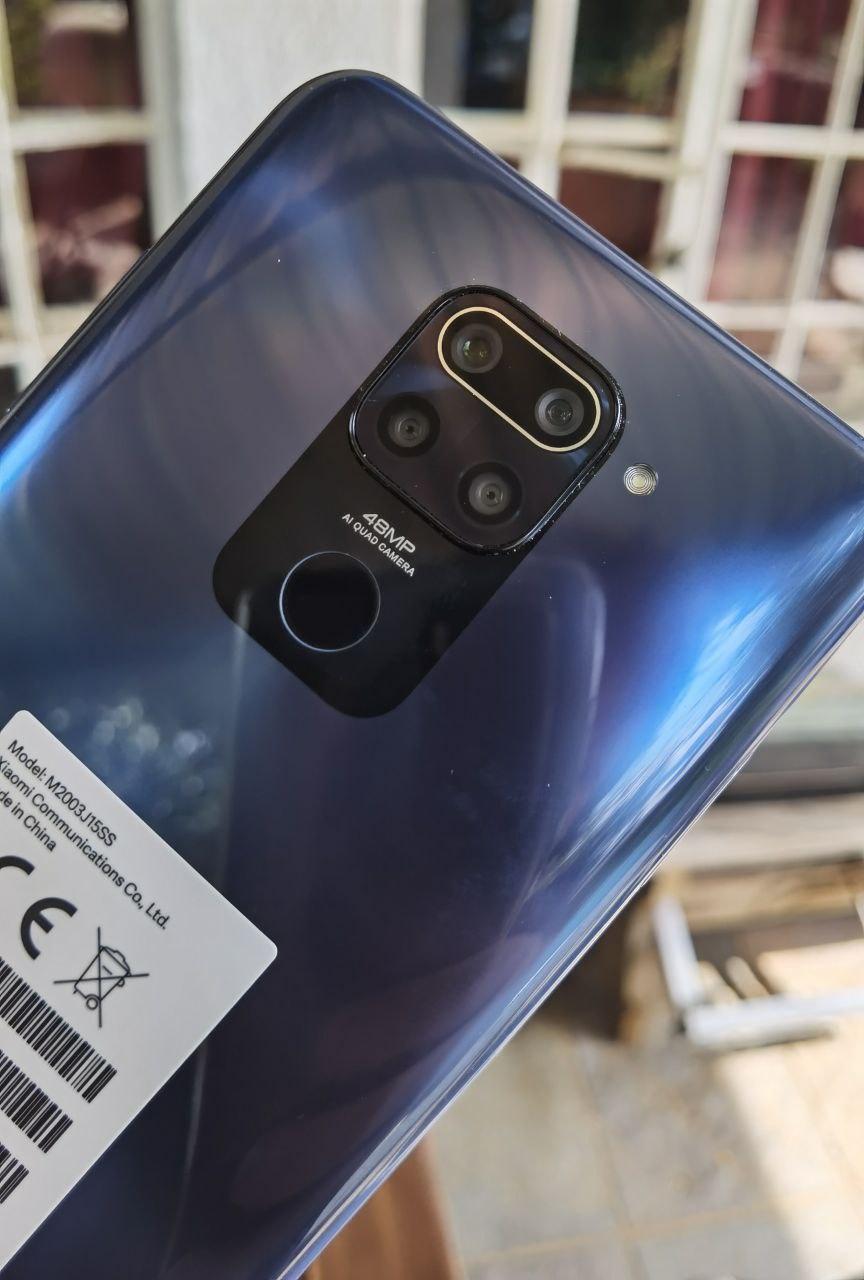For the asking price, the Xiaomi Redmi Note 9 does what it says on the box. It's an affordable smartphone that runs decently, features a competent camera and genuinely impressive battery life. It's also just an unfortunate fact that you'll have to deal with Xiaomi's outdated and annoying UI that initially floods the phone with useless garbage, some of which can't be removed. That's a relic of a darker age and it's wild that the company insists on keeping it up. Still, if you can live with the bloatware there's not a bad phone buried underneath all those low-budget mobile games.
-
Display
-
Battery
It’s been a pretty solid year for Xiaomi, the Chinese company that could. It’s consistently put out some fantastic budget phones that just seemingly do way more than you’d expect for the price. While it’s been out for a few months now, we recently got our hands on Xiaomi’s Redmi Note 9, a phone that’s designed to supposedly provide the experience of high-end flagship model without costing you a firstborn child. That’s the joy of budget smartphones, especially in a country like ours where actually entering into the smartphone environment is difficult at best and seemingly impossible in the direst of circumstances.
So having said all that, how does the Remi Note 9 stand out as a budget smartphone? Well, it’s got a fairly okay camera but just about everything else is… middling to say the least.
Design and Display
One of the highlights of the Redmi Note 9 is that display. It doesn’t take Sherlock Holmes to spot how massive it is in comparison to other budget phones. It clocks in at 6.53″ with a resolution of 1080p so everything appears crisp and easily visible until you step out into direct sunlight then you might begin to struggle what to make out what you’re looking it. The screen is LCD, which is a pretty standard feature for a budget smartphone but having used so many OLED displays in the past month, one does miss the brightness options that type of display provides. Still, the Redmi Note 9 is doing the best with what it has and you can’t really fault it for that.
On the reverse, you’ll quickly notice that the backplate isn’t glass but rather durable plastic, one that will most likely sustain more a fall than the glass seen on several more expensive options. It actually feels comfortable to hold and slightly more grippy than we expected when not in its protective case (which does come in the phone’s box). While we didn’t try our hypothesis, we do suspect that the plastic back would be fairly susceptible to scratch damage, a problem found in most phones that make use of the cheaper material. Yet that shouldn’t really bother you all that much thanks to the aforementioned rubber (we think?) case.
Oh, and the screen is made with Gorilla Glass 5, a standard in the industry at this point that should hopefully keep your screen nice and crack free.
Performance
Running on a MediaTek Helio G85, the performance of the Xiaomi Redmi Note 9 is… fine. Nothing amazing but not terrible either, which is what you can expect for a budget smartphone. We don’t really feel the need to get into benchmark tests for phones like this because honestly, the type of user that’s looking at investing in a phone like the Redmi Note 9 isn’t going to be a power user but will certainly be able to use the phone in everyday life.
Having said that, we did notice the occasional stutter when switching between multiple windows and apps, especially when trying to navigate between the camera, gallery and a variety of social media apps. It was able to run any game we threw at it with decent performances, even though more intensive games like Asphalt 9 and PUBG Mobile did take longer than expected to start up.
Overall, the Redmi Note 9 performs about as well as you’d expect, never really exceeding expectations but not disappointing either. You get what you pay for and all that.
Camera
The Xiaomi Redmi Note 9 packs a more impressive camera than you’d expect but even then, it has a serious downside. Firstly though, the positives. There’s a generous 48MP alongside an f/1.8, 26mm wide-angle lens. It also comes equipped with an 8MP ultra-wide lens, a 2MP macro lens and a 13MP selfie camera.
The main camera doesn’t disappoint as images captured with it come out looking sharp and the colours only slightly saturated. Some reds and greens aren’t reflected all that nicely but the addition of an HDR mode and night mode more than make up for any weaknesses. Quantity over quality, I guess? While they might not be up to snuff with something like the Huawei P40 Lite, it’s nice to see these features in the camera of a very budget smartphone.
One thing we have to call out is the very disappointing macro lens which… just doesn’t take good pictures. Images taken with the Macro lens look grainy and unfocused so it’s best to just avoid taking any super close-up shots.
Battery
Xiaomi has never really disappointed when it comes to battery life and the Redmi Note 9 is no exception. The 5020 mAh battery easily lasts a full down under intense use and under lighter circumstances could go a few days without a full charge.
Its case is made all the better with the inclusion of a 22.5W fast charge adapter that got the device ready for a day of use in a matter of minutes, even though the phone locks its fast charge capacity to 18W, which is… weird. It’s always been one of Xiaomi’s best features and it’s nice to see the company including it in budget variations of its phones.
 UI and Bloatware
UI and Bloatware
Okay, this was the real stinker for us and something we found exceptionally frustrating. The Android skin that Xiaomi uses for its devices, MIUI, is fine. It’s not amazing, it can be a little clunky to use but it gets the job done. What we find inexcusable in today’s day and age is the number of pointless apps and bloatware included on the Xiaomi Redmi Note 9. We had to sit for ages and uninstall a whole load of apps off the device that came pre-installed. Beyond that, we then had to disable a whole load of apps that are seemingly tied to the phone’s system. That’s just… bad. Really bad.
Even worse, some apps just couldn’t be removed. Forced to live on in a designated “Garbage folder” aimlessly taking up space. It’s ridiculous that Xiaomi insists on pushing its pointless shovelware onto phones; even if it is a budget device it’s intrusive and makes for an experience that’s genuinely irritating.
Verdict
For the asking price, the Xiaomi Redmi Note 9 does what it says on the box. It’s an affordable smartphone that runs decently, features a competent camera and genuinely impressive battery life. It’s also just an unfortunate fact that you’ll have to deal with Xiaomi’s outdated and annoying UI that initially floods the phone with useless garbage, some of which can’t be removed. That’s a relic of a darker age and it’s wild that the company insists on keeping it up. Still, if you can live with the bloatware there’s not a bad phone buried underneath all those low-budget mobile games.
The Xiaomi Redmi Note 9 retails from R4,000 and can be found on Mobile in Africa.






